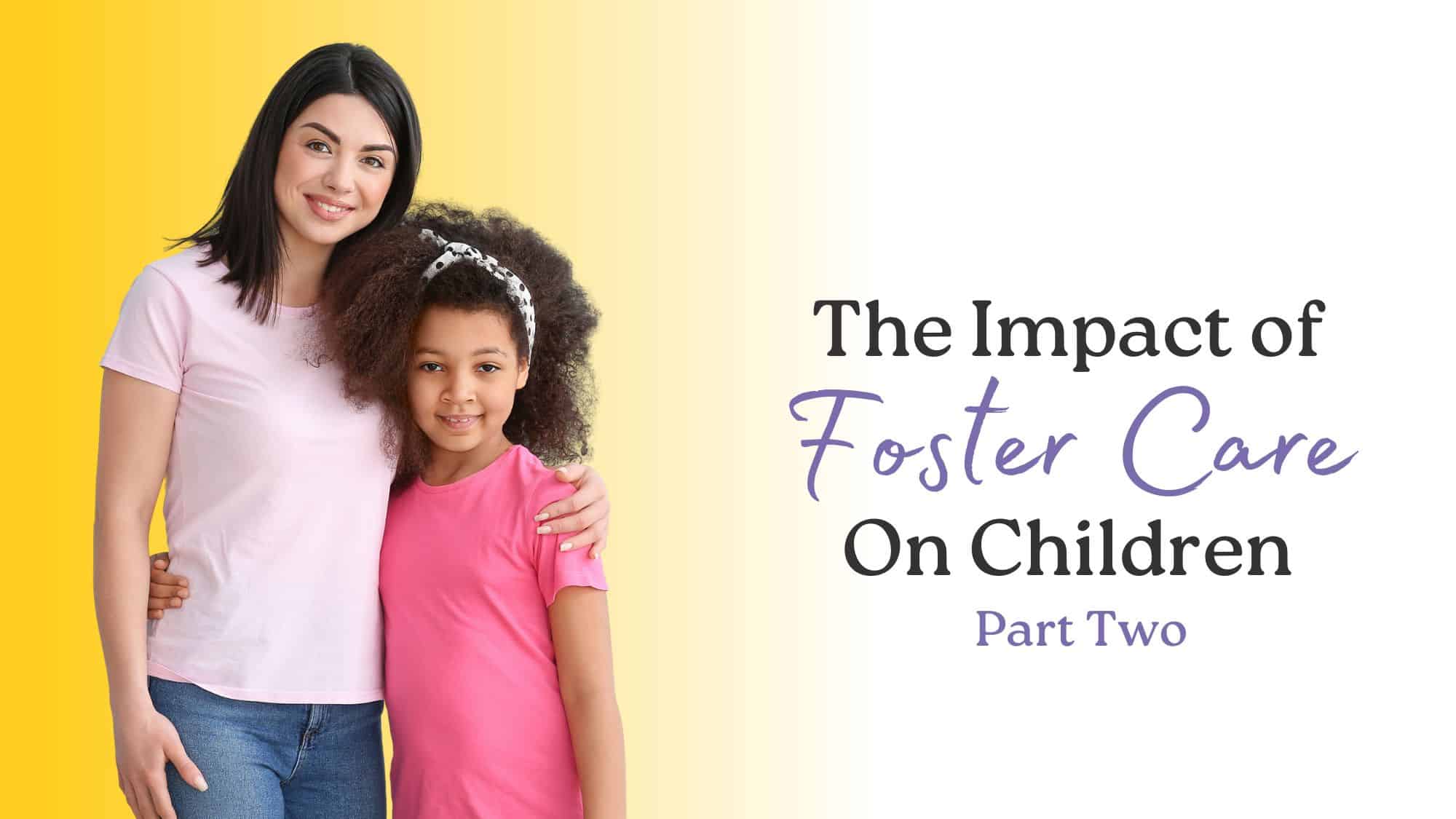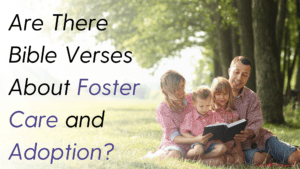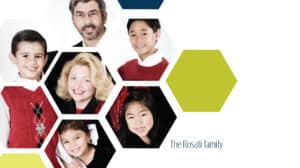Elisha sat across from me in a booth at a local restaurant, as we talked about the impact of foster care on her biological children. “Why is my six-year-old daughter, Alise behaving just like my new foster daughter, Sara, who is four? She is throwing tantrums and now is quite oppositional and defiant, just like Sara. What is happening?”
This conversation is not the first one I have had with a new foster or adoptive mom. When a foster child enters her new home, to use the old adage, “It can upset the apple cart.” Schedules are different, rules have changed, and most importantly, relationships have also changed. Parents’ time is now spread among more children, some with more demanding needs.
I asked Elisha that morning, “Do you think that Alise sees Sara as getting attention for those behaviors? Maybe she feels she is invisible?”
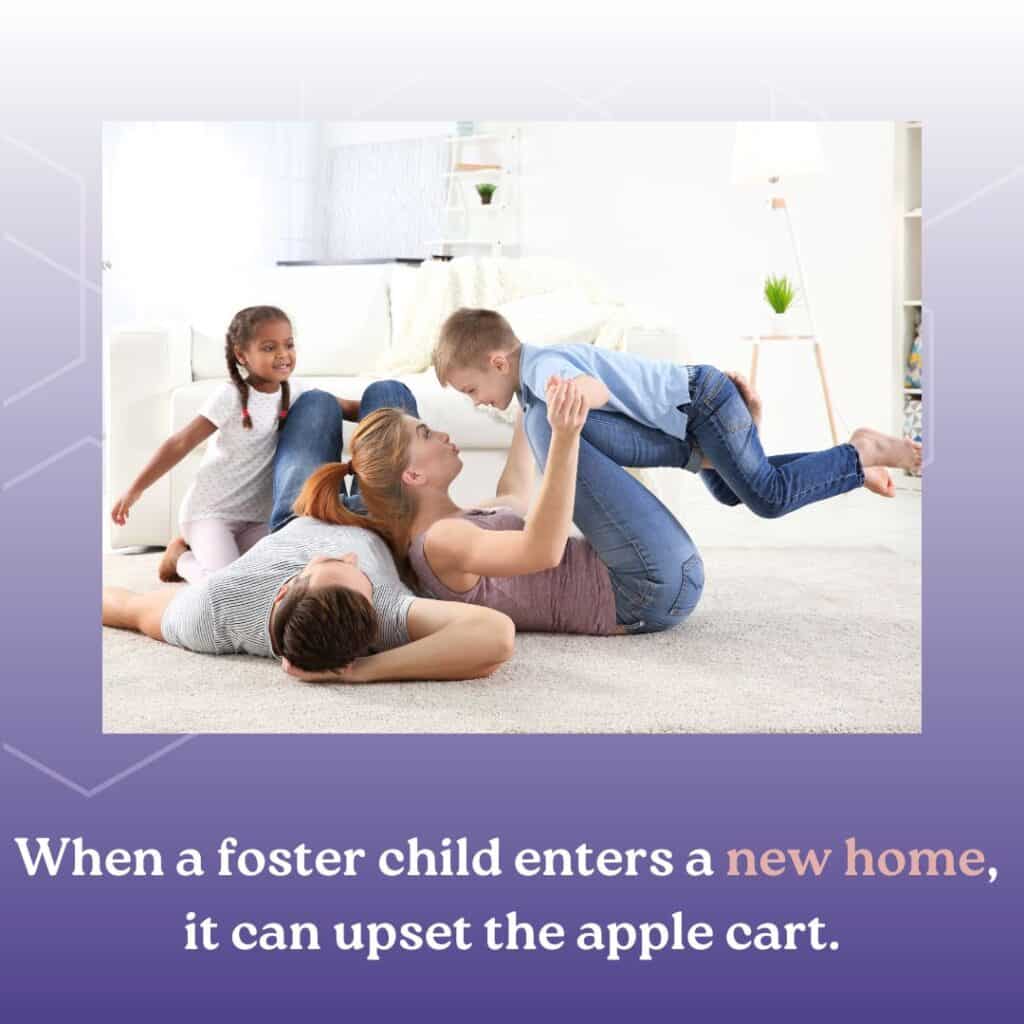
Concerns About The Impact of Foster Care on Children
In part one of “The Impact of Foster Care on Children,” we discussed the following concerns:
- Concern One: The bio/permanent child is traumatized by the foster child’s reenactment of his abuse story in play.
- Concern Two: Bio/permanent children are troubled by the grief, sadness, and anger they see their parents experiencing when the family struggles.
- Concern Three: Children may feel invisible to their parents after a foster or adopted child arrives.
- Concern Four: Birth/permanent kids may believe their opinions don’t matter, or they may trivialize their own struggles or needs.
We are going to look at four more concerns in this second article.
A Continuing Look At The Impact of Foster Care on Children
Concern Five: A Child’s Birth Order in the Family May Change.
A biological child’s birth order may change with the arrival of a foster child. For example, the youngest may become the oldest, and the oldest may become the middle child. Understanding the long-term implications of placing an adopted or foster child ahead of the oldest child in the family is an essential preventive.
The Carters had just received a call about needing a placement for a ten-year-old boy. Two factors came to mind:
- First, they were a foster-to-adopt family.
- Two, their biological son was nine.
If they moved forward on this foster placement, it could lead to an adoption. As much as they wanted to proceed, they acknowledged the potential consequences.
Jaden, their son, would be profoundly replaced as the oldest in the family, and they knew how he valued that position. Much research indicates that one reason for placement disruption is caused by placing a foster/adopted child ahead of the bio child in the family. A 2013 study by Louise Sutton revealed that most bio children prefer foster siblings the same age or younger than them.[i] I am not saying avoiding this concern is necessary, but considering it is essential.
Strategy:
1. Examine the potential long-term consequences to the older child in the family. They may be excited at first but, over time, jealousy and anger about being replaced as the oldest child may creep into their heart and damage relationships.
2. If this has already occurred, continue to process the thoughts and feelings of each child. What are they thinking and feeling about what is happening in the family? What do they need to feel confident about who they are in the family?
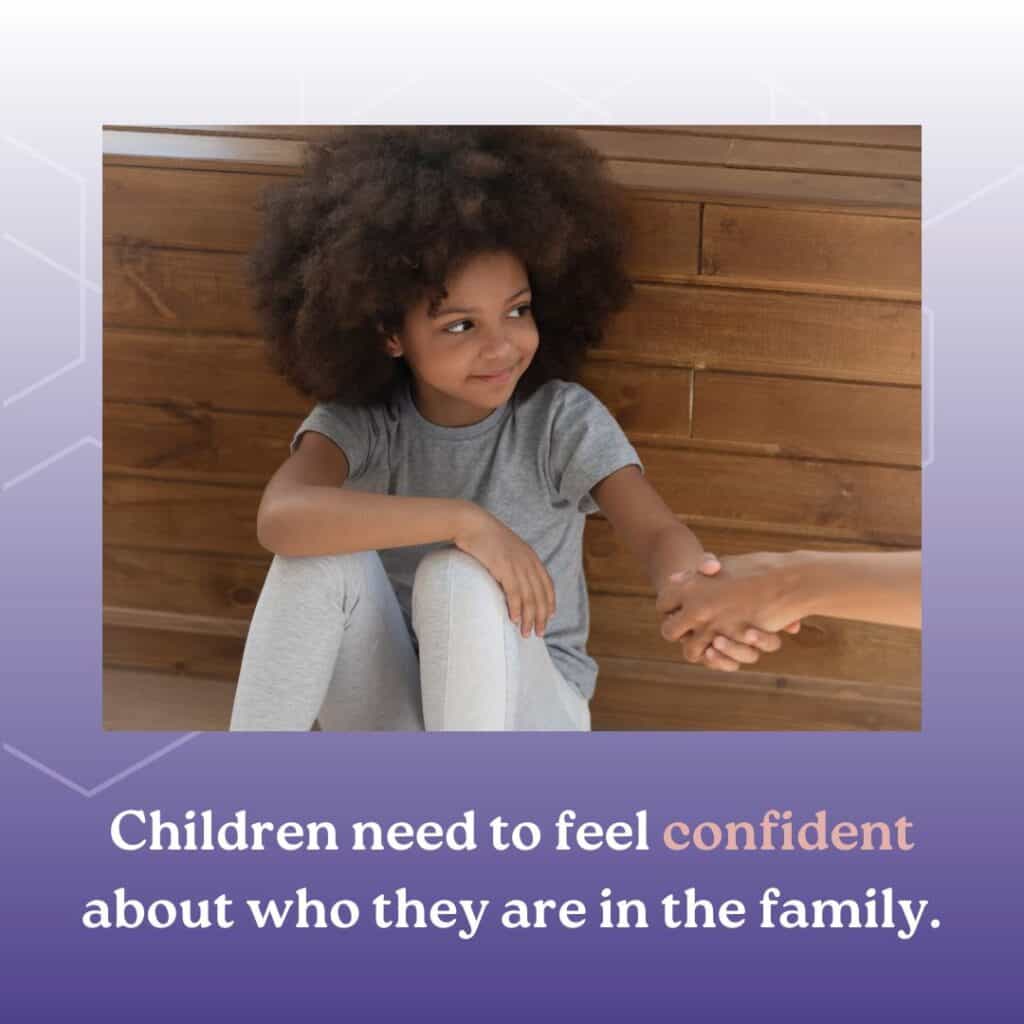
Concern Six: Birth Children May Struggle With Embarrassment
Birth children may struggle with embarrassment if the new child exhibits behavioral issues in public, especially if in the same school together.
Kevin, 14, rushed in the door from the bus, threw his books on the couch, and went to his room. Ricky, his 12-year-old foster brother, was at a visit with his biological parents, so he wasn’t at home at that time. Elizabeth, his mom, got up from her work desk and said, “Hold on, buddy, something is happening. What is it?”
“I can’t do this,” Kevin shouted to his mom as she entered his room. “Ricky threw a fit in the lunch room like a three-year-old would. You have told me why this happens, and I understand, but no one else does. Everyone at my table laughed at him, ‘Look at your brother!’ Mom, I know why he does what he does, but I can’t take my friends laughing at him and saying he is my brother.”
Many times, when challenging things happen in public, as parents, we aren’t there to step in and our children are left alone to manage what is happening.
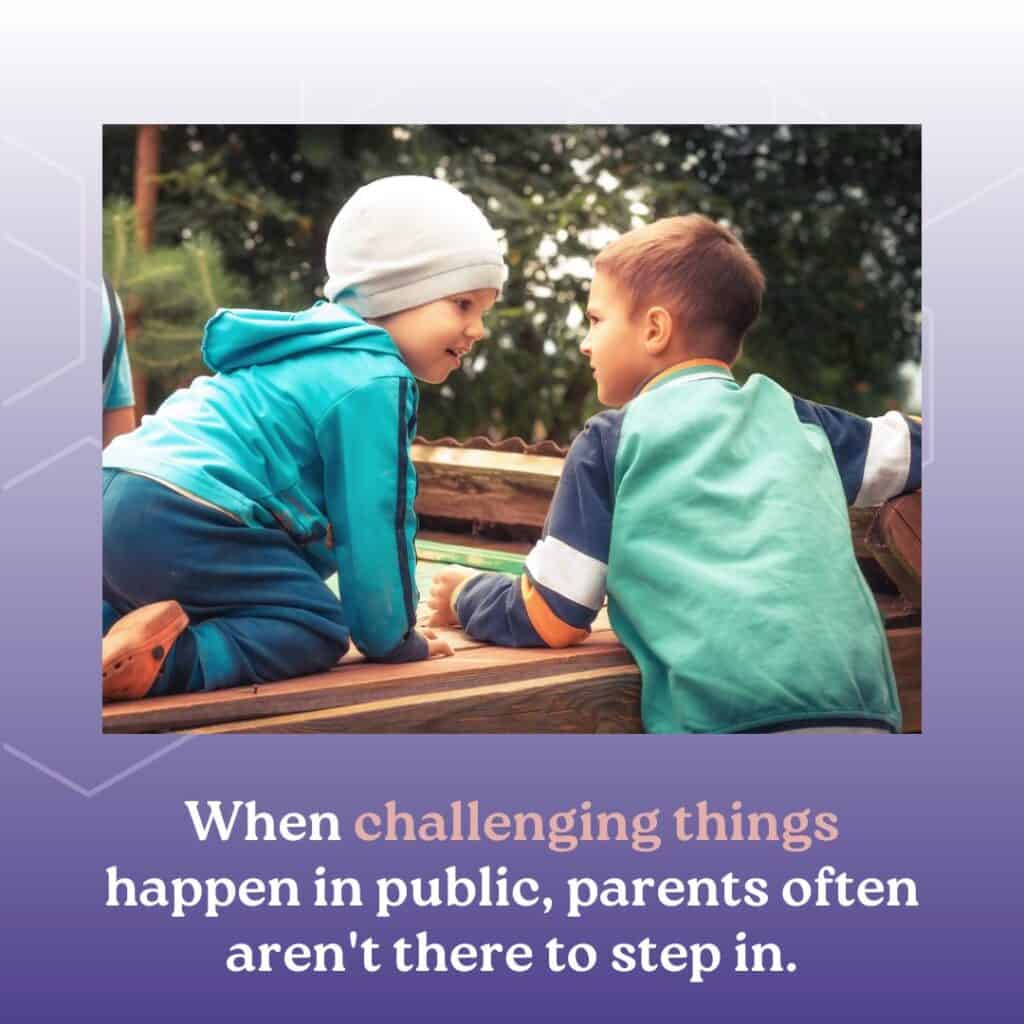
Strategy:
Process your child’s feelings about the event.
- Just listen. Refrain from correcting or minimizing the situation.
- Equip them with strong statements to reply, not in anger, but in confidence. For example, “Yes, I am Ricky’s foster brother. He acts like that when there is too much noise. It is hard for him to feel calm.”
- Practice, practice, practice. For a youngster to feel confident handling these difficult situations, they must practice the skill at home. Come up with different scenarios and let your children respond.
Concern Seven: Children May Need Help Answering Questions
Children in the home may have difficulty explaining to friends and schoolmates who this new child is and warding off intrusive questions.
- “Hey, I saw that you have a new foster sister. Tell me all about her?”
- “Why did your new adopted brother’s parents get rid of him?”
- “Your new sister acts weird sometimes. What’s wrong with her?”
We may not think about the intrusive questions kids at home can get asked about the newest child in the family. It may happen in the neighborhood, on the school bus, or at the playground. It is not a question of if this will happen but when.
Strategy:
1. Share this concern with all the children in the family, even before foster parenting begins. Let them know this will happen.
2. Give them possible responses and practice them at home.[ii] Here is an example: Imagine your child is on the playground, and another youngster approaches him.
Child on the playground: “Why did your foster brother’s parents get rid of him?”
Your child’s response: “That information is private. We only talk about that at home.”
3. If the foster child is old enough, include them in this discussion. Ask your foster or adopted child how they would like your family to answer those hard questions.
4. Remember to check in with all the children to see if anything like this has happened and if it is a type of bullying.
Concern Eight: Changes in Behavior Management or Rules
The family may implement new behavior management techniques and/or change house rules or rituals.
It felt like it all happened overnight. The house rules and discipline for everyone had changed, and Cassie, 10, was confused. She noticed her parents disciplining the new foster kids differently than what it seemed they did her. They didn’t get in trouble. Her parents seemed to talk to them, sit with them, and then move on. They were never sent to their rooms for their behavior or outbursts. Gradually, she also noticed that the way of disciplining her changed, too. What was going on in their home? Cassie needed some clarification.
In training, foster parents can learn new ways to manage the behavior of children who come to them with a traumatic past. Connected parenting is a new way to look at their style of managing their children’s behaviors. It is not how they have managed their bio children, at least up to that point. Changing their parenting style and even changing house rules can confuse the youngsters living there.
Strategy:
1. Encourage questions and tell them what to expect. You won’t be a perfect parent, but you are learning ways to have better relationships with everyone in the family.
2. If house rules are changing, plan to transition to those new rules, even if the rules seem minimal.
Great News
We have discussed many concerns, but I wanted to end this discussion with great news.
Our daughter, Kristy, who is now 47, grew up as the only biological child in our foster/adoptive family. Over the seven years we fostered, numerous children moved in and out. Of course, we wondered about the effect on her, but something developed in her that is a joy for us– a deep heart of compassion for anyone from a hard place. I found research several years ago about how foster care affected biological children. It was fascinating to me. That research indicated the following:
As adults, the biological children
- tended to choose humanitarian professions.
- learned to advocate for those in need.
- tolerated differences.
- developed a lifetime of compassionate living
There are concerns to manage when dealing with the impact of foster care on children, but there are great rewards to experience as well.
[i] https://scholarworks.bgsu.edu/cgi/viewcontent.cgi?article=1270&context=honorsprojects
[ii] Wise-Up Powerbook by Deborah Riley is an excellent resource.









